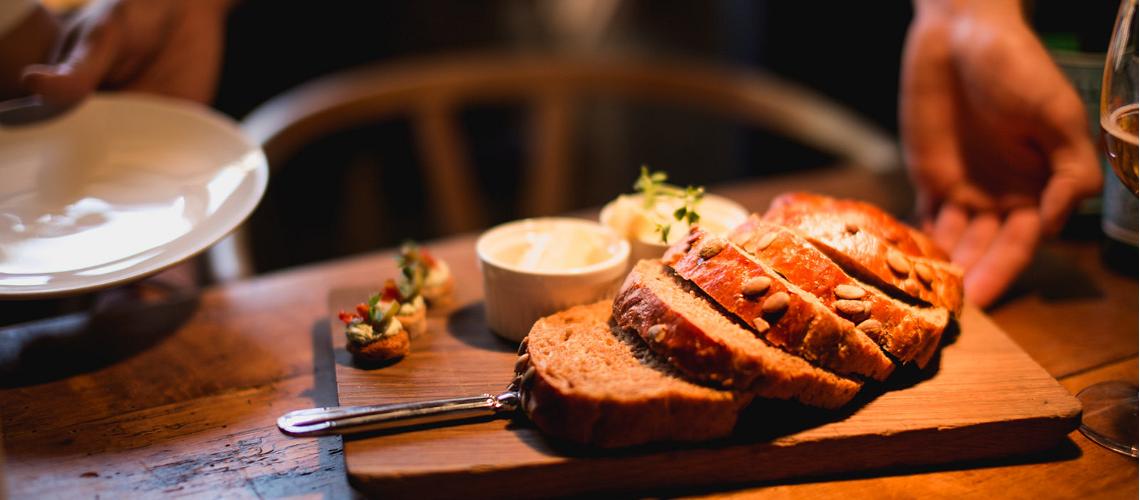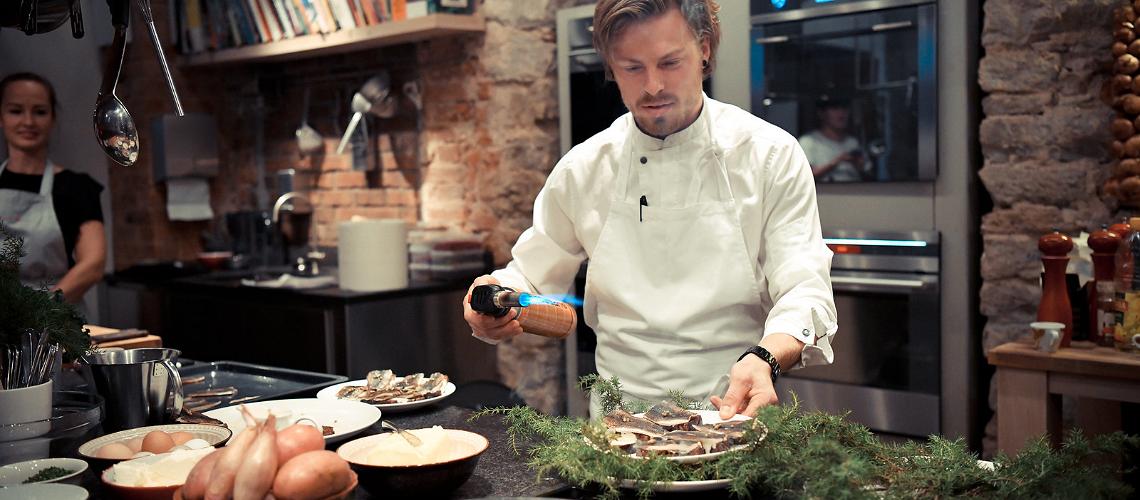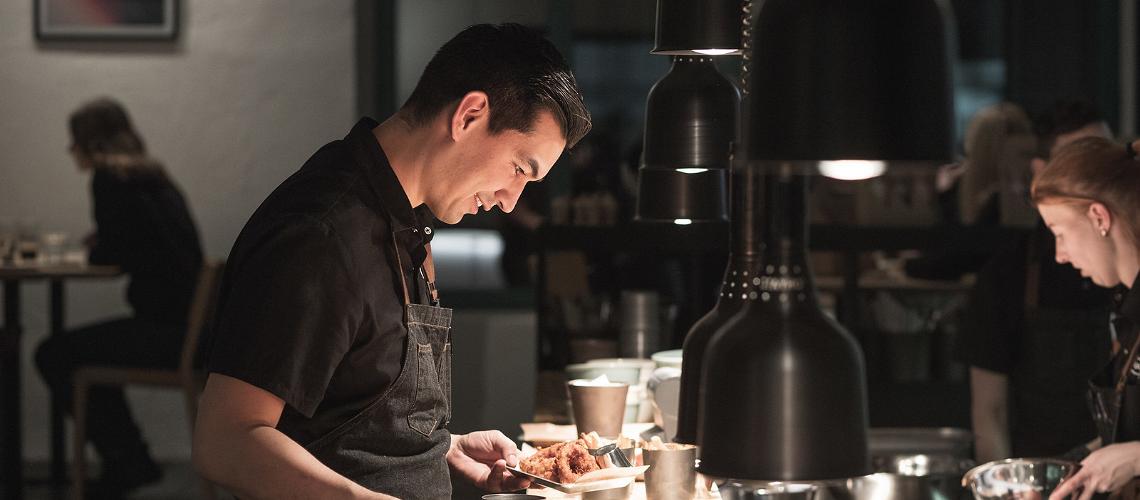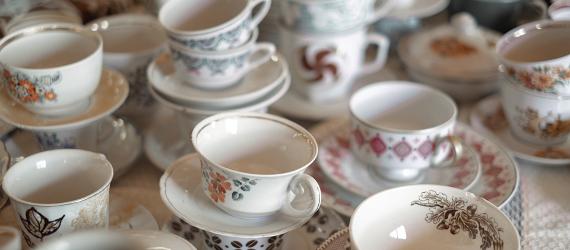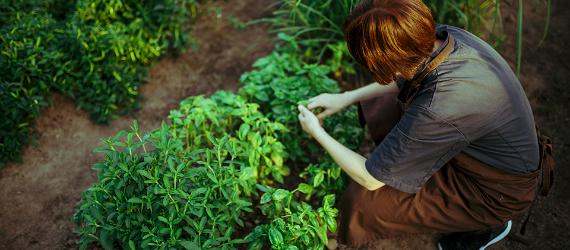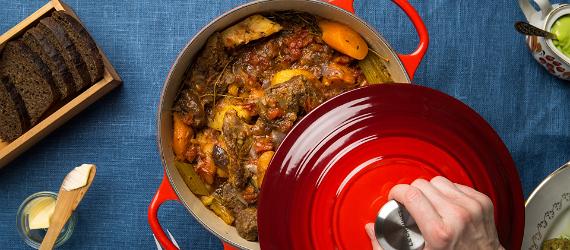The story of Estonian food and eating habits are closely connected to nature and the changing seasons. How do renowned Estonian chefs see Estonian food in the past and their vision for the future? Here's some insight on the topic from Angelica Udeküll, Taigo Lepik, Tarvo Kullama, Joonas Koppel and Inga Paenurm.
Estonian food through the ages
Although Estonians were traditionally always peasant farmers growing their own crops and raising their own cattle, throughout history, their food was mostly poor rather than rich in variety. Cooking was mostly about taking as little time to do so as possible, which is why food was prepared in large pots from which everyone ate as a family. There are four distinct seasons in Estonia, each of which has long had its own personality and character when it comes to the eating habits of Estonians. For example, by spring there was usually no meat left, but it was time for cows to start producing milk, so milk and dairy products enjoyed a place of honour during this period.
Through the ages, Estonian food culture has been greatly influenced by manor cooking. The Stove and potatoes were two important additions to local cooking in the mid-19th century. Prior to growing potatoes, the most important foods in the diet of Estonians were bread, swedes, cabbage and turnips, as well as peas and lentils in the summertime. Using a stove was a way of frying food and, in time, preserving it.
The onset of the Industrial Revolution in the early 20th century was a time when a lot of peasants decided to head for the city in pursuit of happiness. Doing so changed their variety of food, eating habits and opportunities to eat. The first republic of Estonia also marked the start of a golden era in Estonian cuisine. Grocery stores and markets became part of the cityscape, and cafés and restaurants also started to be run by Estonians.
The Baltic herring was considered to be the most important fish in the local diet, but pike-perch, trout, pike and smelt (and herring in villages) were also represented. Coffee, rice, spices and cane sugar (in place of the honey and sugar made from vegetables that had been used before) became more widely available. The names of dishes also changed. For example, gruel, broth and potage were grouped under one title: soup. Cookbooks and cooking courses started to grow in popularity. Towns and cities became a place for café and restaurant culture.
All of the above-ground came to a halt after the Second World War, and the following period is known for its stagnation in the history of Estonian culinary culture. Day-to-day eating habits changed and canteens offering the same dishes at the same prices across the board were introduced. People went to restaurants to dance with and talk to one another rather than to enjoy the food, and the dishes did not stand out in any special way.
This stagnation lasted until the restoration of the republic. After the reopening of our borders, we were again greeted with new flavours and products, innovative cooking techniques, and chefs from other countries. This period became the generation of our older chefs today.
A new century meant new beginnings in the world of food, drawing more attention to new ingredients, cooking techniques and technologies. Exciting new cuisines and flavours from all over the world also reached our shores. Today we produce our own ingredients and we are proud to be home to a lot of reputable chefs and unique eateries. This connects us to the rest of the world without us forgetting our own food traditions.
The future of Estonian food
Our chefs today are worried that young Estonians are rapidly veering from the path of real food and consuming too much processed food. Cooking with friends and family is a way of bonding and sharing your experiences. Knowledge of how to cook food that is quick, simple and delicious is also something that should be taught in schools in addition to basic education. Estonian food is interesting and has a lot to offer. It is a tough job being a chef, but it is exciting and creatively challenging at the same time. Nor is it just a job, but a vocation, a passion for what you do.
A fun project called ‘Chefs in Schools’ saw 43 Estonian chefs visiting basic schools all over Estonia in autumn 2019 as part of a cooperation project with the Ministry of Rural Affairs. Home economics classes were held with the chefs introducing the basics of cooking and the chefs and students then cooking together. As a result of the project, a collection of 20 recipes was compiled, including practical how-to videos.
At-home growth of the Estonian culinary scene has also brought international recognition. In 2022, Estonia became the first Baltic state to receive MICHELIN Guide inspectors. All this bodes well for the future of Estonian cuisine. Surely, there are many more exciting things in store for the future!
Estonian food festivals
A wide range of food events, both large and small, are set to be held all over the country this year. Taste new flavours, take part in exciting programmes, discover new recipes, watch chefs at work, and enjoy culinary delights! This list is just a start; new festivals are being added all the time.















